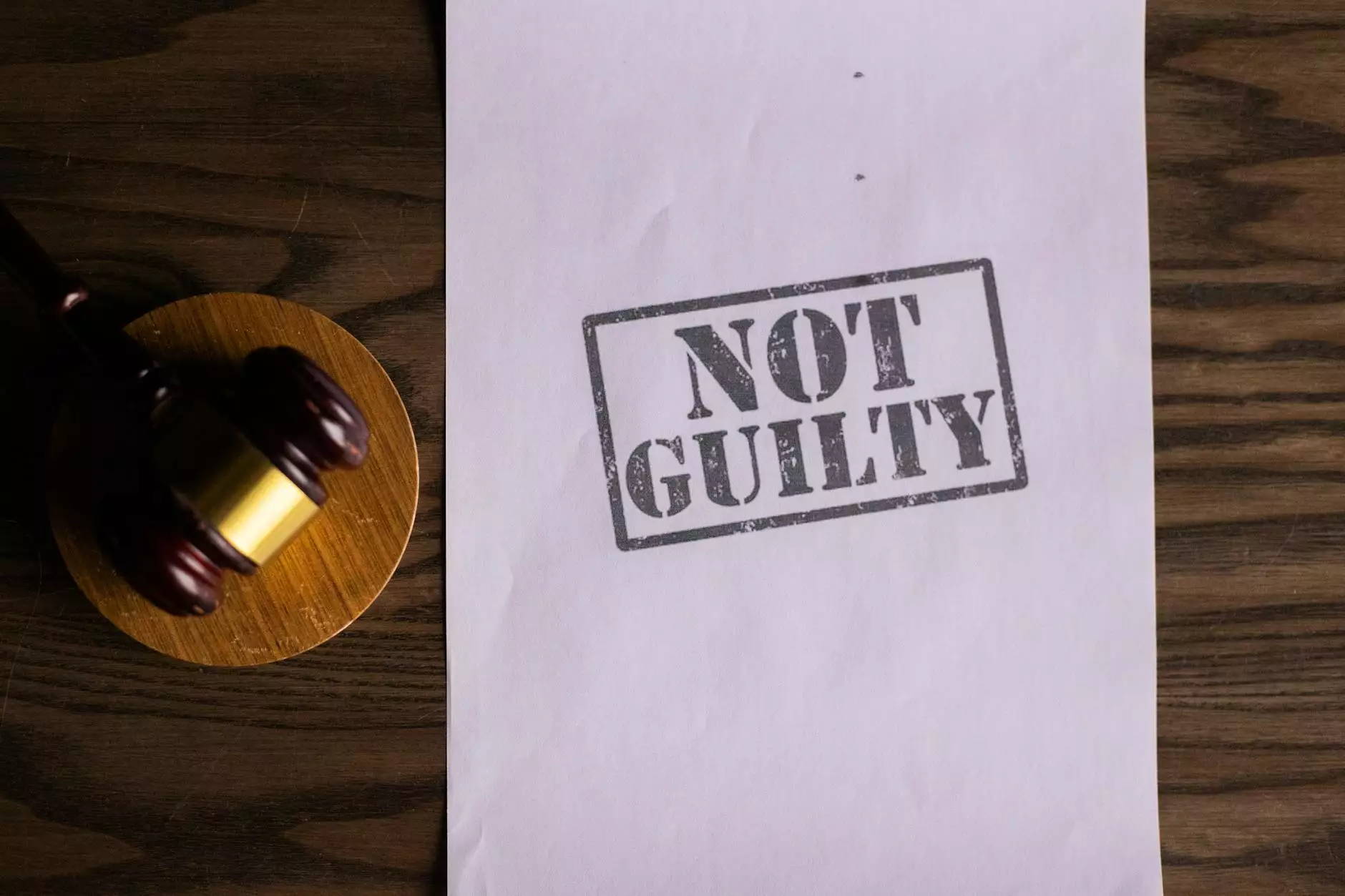30. Procedure for Declaring Dividends
Finance
Introduction
Welcome to Denaro Anthony D Atty, your trusted source for legal advice and guidance. In this article, we will delve into the procedure for declaring dividends, providing you with a comprehensive understanding of the legal aspects involved.
What are Dividends?
Dividends are payments made by corporations to their shareholders as a way to distribute profits. This distribution is based on the number of shares held by each shareholder. However, it is important to understand that dividends are not guaranteed and are subject to the discretion of the corporation's board of directors.
Legal Requirements for Declaring Dividends
Before declaring dividends, corporations must adhere to certain legal obligations and requirements. These requirements may vary depending on the jurisdiction and the specific bylaws of the corporation. Here are some common legal considerations:
1. Board of Directors Resolution
The board of directors must pass a resolution approving the declaration of dividends. This resolution outlines the amount to be distributed, the record date, and the payment date.
2. Solvency Test
In many jurisdictions, corporations must perform a solvency test to ensure that declaring dividends will not leave the company insolvent or unable to meet its financial obligations. This test assesses the corporation's ability to pay its debts based on its assets and liabilities.
3. Compliance with Applicable Laws and Regulations
Corporations must comply with all relevant laws and regulations governing the declaration of dividends. These may include tax laws, securities regulations, or specific industry regulations.
4. Shareholder Approval
In certain cases, shareholder approval may be required before declaring dividends. This is often the case when the corporation's articles of incorporation or bylaws impose such a requirement.
Procedure for Declaring Dividends
Now that we have explored the legal requirements for declaring dividends, let's outline the general procedure involved:
1. Board Meetings and Resolution
The board of directors convenes a meeting to discuss and pass a resolution declaring dividends. This resolution specifies the dividend amount, the record date (the date at which shareholders must be recorded as owners), and the payment date (the date on which the dividend will be paid).
2. Documentation and Record-keeping
The corporation prepares the necessary documentation to formalize the declaration of dividends. This documentation includes the minutes of the board meeting, dividend vouchers, and any other required legal paperwork. It is essential to maintain accurate records for auditing and compliance purposes.
3. Payment of Dividends
On the designated payment date, the corporation disburses the dividends to the shareholders. This can be done through direct deposit, checks, or other agreed-upon methods. The corporation must keep proper records to ensure accurate and timely payment to the eligible shareholders.
4. Reporting and Disclosures
After declaring dividends, corporations may be required to submit reports and disclosures to regulatory authorities, shareholders, and other relevant stakeholders. These reports provide transparency and ensure compliance with legal requirements.
Conclusion
In conclusion, understanding the procedure for declaring dividends is crucial for both corporations and shareholders. Denaro Anthony D Atty is dedicated to providing comprehensive legal guidance on all aspects of dividends and corporate governance. Should you require further assistance or have specific questions regarding dividend declarations, our team of legal experts is here to help.










